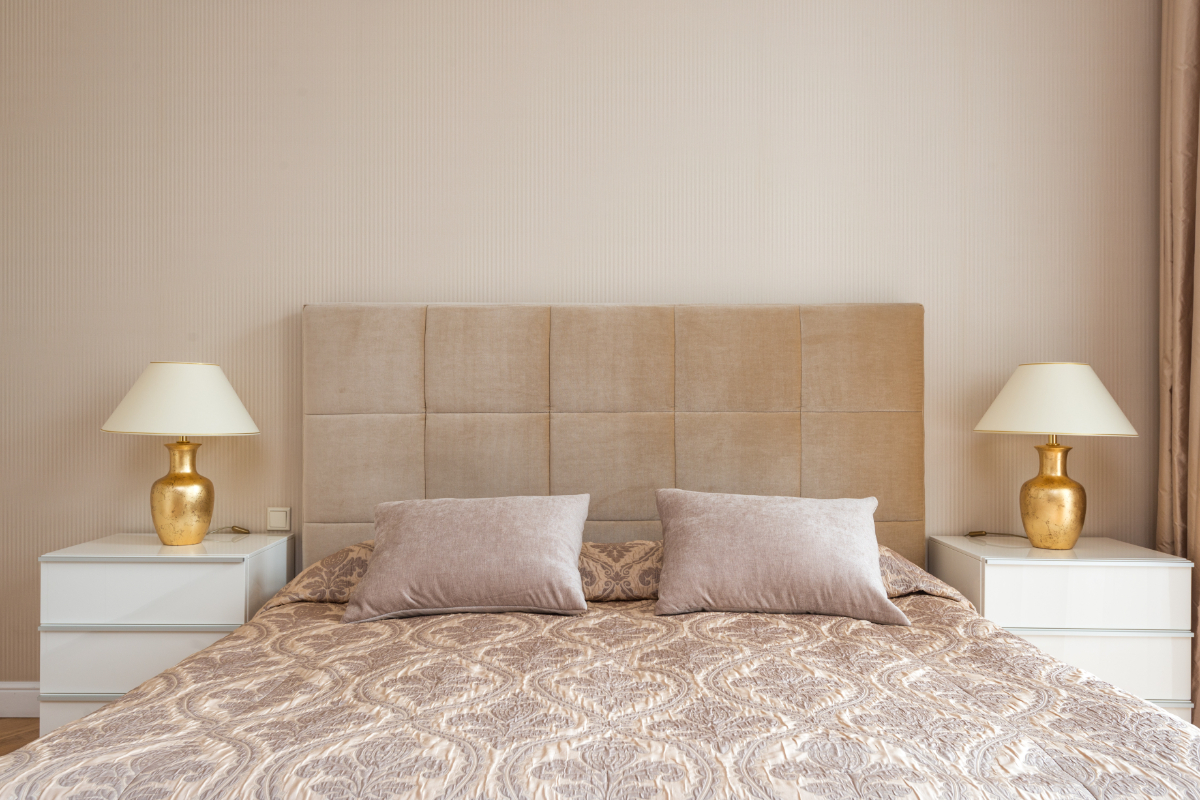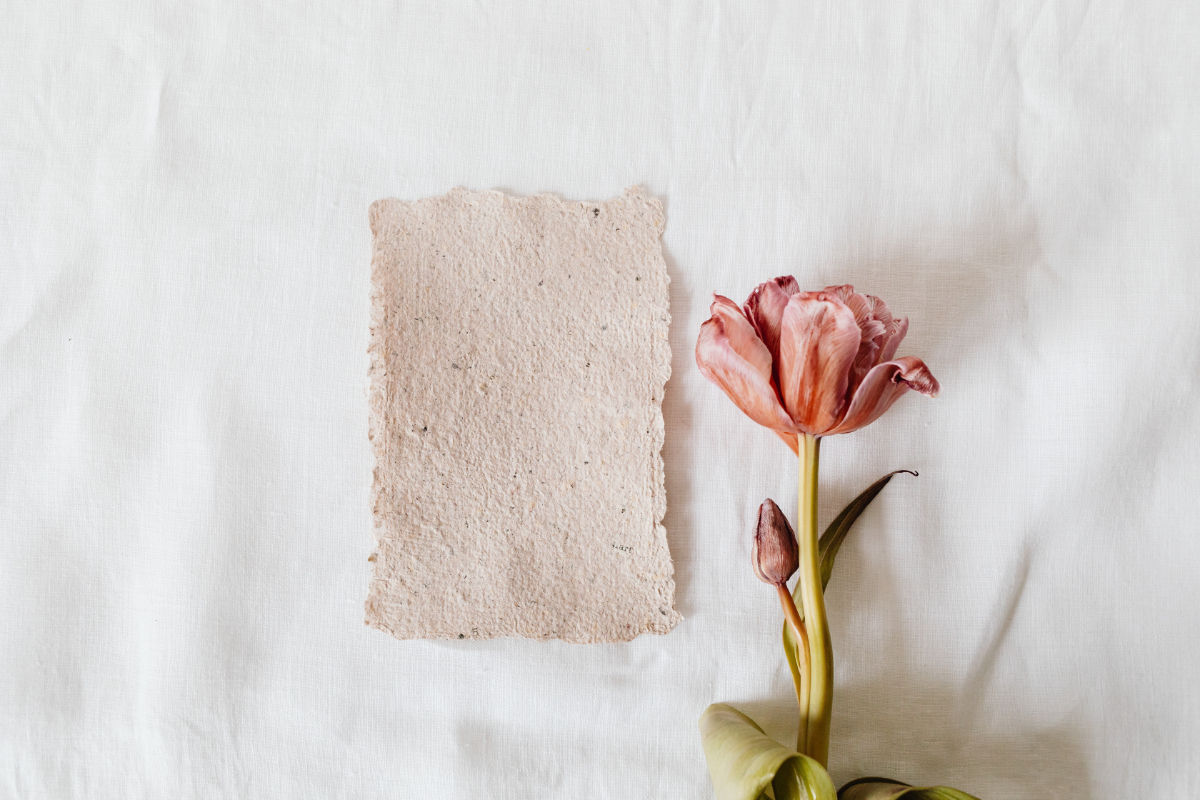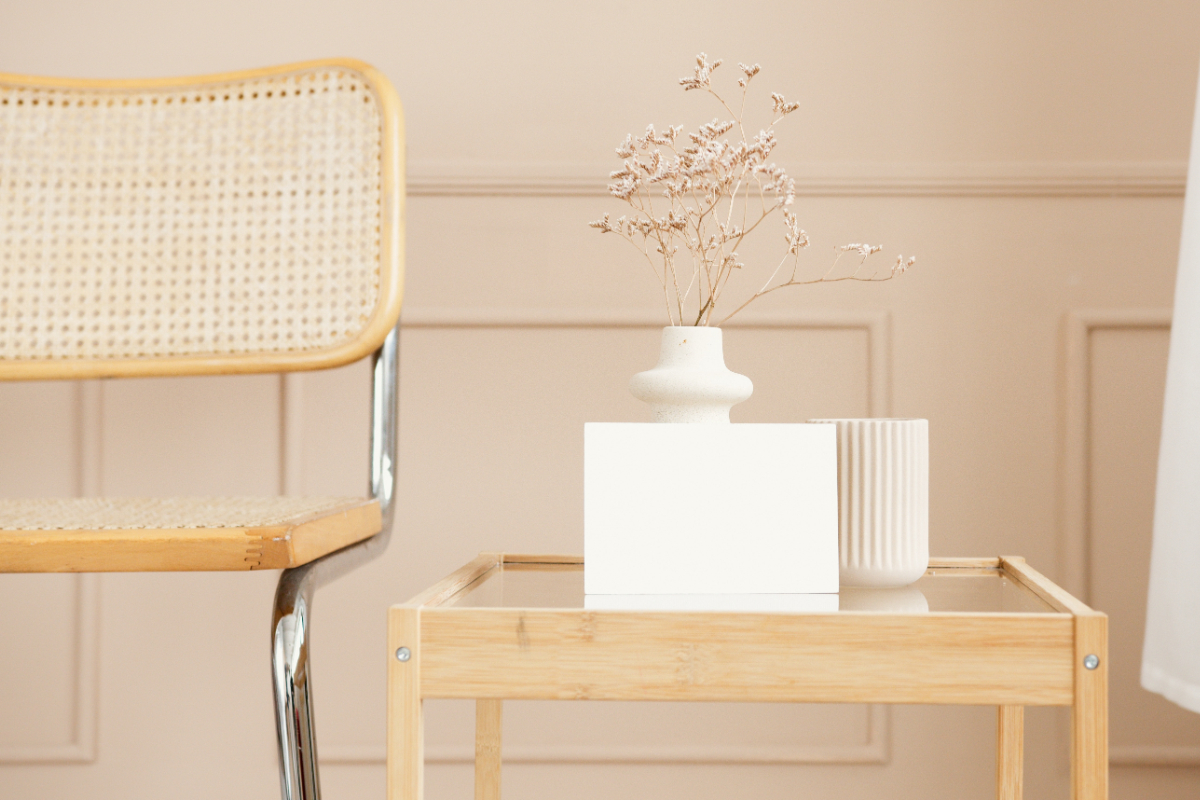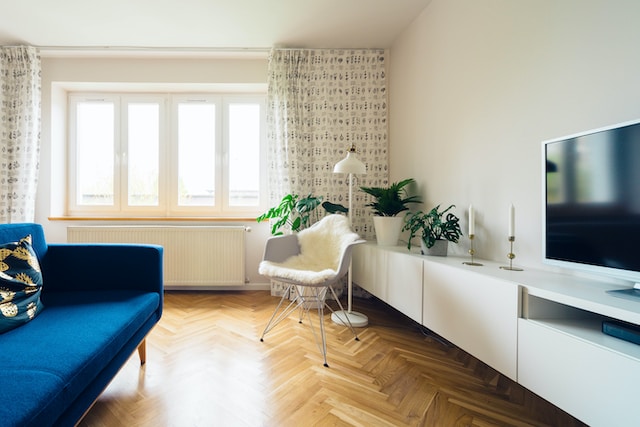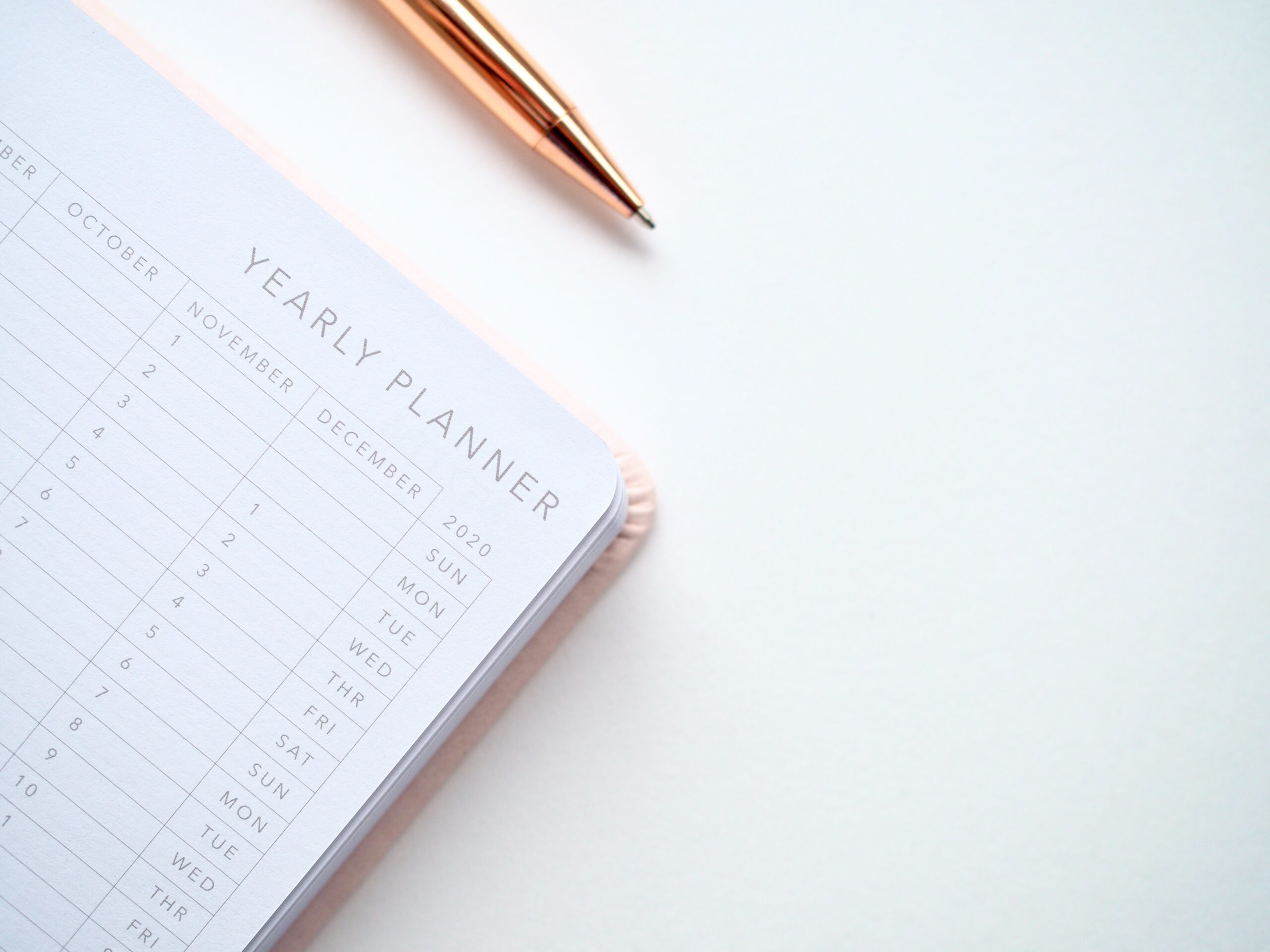Master the Art of Decluttering to Maintain a Minimalist Home Long-Term.
There are some affiliate links below, but they are all products I highly recommend. For more info, view my disclosure here.
Are you tired of constantly feeling overwhelmed by the clutter in your home? Do you dream of a minimalist space that promotes peace and tranquility?
In this article, we will guide you on the path to decluttering for good and maintaining a minimalist home long-term. By following a few simple steps, you can create a space that is not only organized and tidy, but also promotes a sense of calm and happiness.
We will explore the benefits of a minimalist home, as well as how to assess and sort your belongings. We will also discuss the importance of creating an organizational system and practicing mindful consumption to avoid clutter.
Additionally, we will provide tips on establishing daily habits for maintenance and dealing with sentimental items.
Get ready to transform your home into a minimalist haven and experience the joy of living with less!
Benefits of a Minimalist Home
Discover the countless benefits of having a minimalist home and how it can transform your life for the better. By embracing minimalism, you’ll experience a sense of calm and tranquility that comes from living in a clutter-free environment.
With fewer possessions, you’ll spend less time cleaning and organizing, allowing you to focus on the things that truly matter.
A minimalist home also promotes better mental health. The simplicity of your surroundings can help reduce stress and anxiety, creating a peaceful sanctuary where you can unwind and recharge.
Additionally, a minimalist lifestyle encourages mindfulness and intentionality in your choices. You’ll become more mindful of what you bring into your home, leading to a more intentional and meaningful life.
Living in a minimalist home can also save you money. With fewer unnecessary purchases, you’ll have more control over your spending habits and can allocate your resources towards experiences and things that truly bring you joy and fulfillment.
Moreover, a minimalist lifestyle promotes sustainability by reducing waste and consumption, making a positive impact on the environment.
The benefits of maintaining a minimalist home are numerous. From cultivating a sense of calm and mental well-being to saving money and living a more intentional life, embracing minimalism can truly transform your life for the better.
Start decluttering today and experience the positive impact of a minimalist home firsthand.
Assessing and Sorting Your Belongings
Uncover the deep sentimental value of your belongings as you carefully evaluate and categorize them. Start by gathering all your possessions in one place and go through them one by one.
As you hold each item, ask yourself if it brings you joy or serves a practical purpose in your life. If the answer is no, it may be time to let go.
Sorting your belongings into categories can help you stay organized and make the decluttering process more manageable. Create piles for items you want to keep, donate, sell, or throw away. Be honest with yourself and avoid holding onto things out of guilt or obligation.
When assessing sentimental items, consider their significance and the memories they evoke. Keep only the ones that truly resonate with you and bring you happiness. Remember, it’s the memories attached to the item that matter, not the item itself.
As you sort through your belongings, be mindful of the space you have available. A minimalist home is all about maximizing space and minimizing clutter. Consider whether you have duplicates or items that serve the same purpose. Choose the one that is in better condition or holds more value to you.
By assessing and sorting your belongings, you will gain a clearer understanding of what truly matters to you. Letting go of unnecessary possessions will not only create a more peaceful and organized living space but also allow you to focus on the things that bring you joy and fulfillment.
Creating an Organizational System
Establishing an efficient organizational system can revolutionize the way you manage and maintain your belongings. By creating a well-thought-out system, you can ensure that everything in your minimalist home has its designated place, making it easier to find and put away items.
The first step is to declutter and get rid of any unnecessary items. Then, categorize your belongings into groups such as clothing, books, or kitchen supplies. Within each category, further subdivide items based on their function or frequency of use. For example, in your wardrobe, separate your clothes into everyday wear, formal attire, and seasonal items.
Invest in storage solutions that fit your needs, such as bins, shelves, or drawers. Label everything clearly to avoid confusion. Make it a habit to return items to their designated spots after use, and regularly reassess and reorganize your system if necessary.
Remember, the key to maintaining a minimalist home long-term is to have a clear and efficient organizational system that supports your lifestyle and helps you stay clutter-free.
Mindful Consumption and Avoiding Clutter
To avoid clutter and create a mindful consumption habit, you should be intentional about what you bring into your space and only choose items that truly serve a purpose and bring you joy. When considering buying something new, ask yourself if it aligns with your values and if you really need it.
Avoid impulse purchases and take the time to think it through. By being mindful of your consumption, you can prevent unnecessary clutter from entering your home.
One helpful tip is to adopt a ‘one in, one out’ rule. This means that every time you bring a new item into your space, you should let go of something else. This helps you maintain a balance and prevents accumulation of unnecessary possessions.
Additionally, regularly decluttering and reassessing your belongings can help you stay on track. Make it a habit to go through your items periodically and donate or sell anything that no longer serves you.
Another strategy is to practice gratitude for what you already have. Instead of constantly seeking new things, appreciate the items that bring you joy and fulfill your needs. This mindset shift can help you break free from the cycle of mindless consumption and focus on what truly matters.
By being mindful of your consumption habits and making intentional choices, you can maintain a minimalist home long-term and avoid the pitfalls of clutter. Remember, a clutter-free space can lead to a more peaceful and organized life.
Establishing Daily Habits for Maintenance
Start your day by creating a simple routine that includes tidying up, organizing, and finding a place for everything in your space, ensuring a clean and serene environment. By establishing daily habits for maintenance, you can maintain a minimalist home long-term.
Begin by making your bed every morning. This simple task sets the tone for the rest of the day and instantly makes your bedroom look more put together.
Afterward, take a few minutes to declutter any surfaces, such as countertops or tables, by putting away items or finding designated spots for them. This prevents clutter from accumulating throughout the day.
Next, focus on one area of your home each day, whether it’s the kitchen, living room, or bathroom. Spend a few minutes organizing and decluttering that specific area, ensuring everything is in its place. By breaking it down into smaller tasks, you make the process more manageable and less overwhelming.
Finally, before going to bed, do a quick sweep of your home to ensure everything is back in order. This daily routine will help you maintain a minimalist home effortlessly, allowing you to enjoy a clutter-free and peaceful living space.
Dealing with Sentimental Items
When it comes to sentimental items, it can be challenging to let go, but finding a balance between holding onto meaningful things and maintaining a minimalist lifestyle is essential.
Sentimental items often hold precious memories and emotions, making it difficult to part with them. However, it’s important to remember that the goal of maintaining a minimalist home is to create a clutter-free and peaceful environment.
To deal with sentimental items, start by evaluating their significance in your life. Ask yourself if the item truly brings you joy or if it’s just adding to the clutter. If it’s something you cherish deeply, find a way to display or use it in your home so that it serves a purpose. This way, you can still enjoy the sentimental value without it taking up unnecessary space.
If there are sentimental items that you’re not ready to let go of but don’t have a place for in your minimalist home, consider storing them in a designated memory box or a sentimental items container. This way, they’re still safely preserved, and you can revisit them whenever you feel nostalgic.
Remember, decluttering is a continuous process, and it’s okay to keep some sentimental items. Just make sure they align with your minimalist goals and bring you genuine happiness.
Finding Balance in Minimalism
Finding balance in minimalism is like walking on a tightrope, delicately navigating between simplicity and personal expression. It’s all about finding the middle ground where you can embrace the minimalist lifestyle while still allowing room for your own unique style and personality to shine through.
When it comes to maintaining a minimalist home long-term, it’s important to strike a balance between having enough and having too much. Minimalism isn’t about getting rid of everything you own; it’s about being intentional with what you choose to keep. Surround yourself with items that bring you joy and serve a purpose, but also remember to leave space for new experiences and personal growth.
Another aspect of finding balance in minimalism is understanding that it’s an ongoing process. It isn’t about achieving a perfectly curated home overnight, but rather about continually evaluating and reassessing your belongings. Regular decluttering sessions can help you stay on track and prevent excess from creeping back in.
Lastly, finding balance in minimalism means being kind to yourself. Don’t beat yourself up if you slip up or have moments of wanting more. Minimalism is a journey, and it’s okay to make mistakes along the way. Embrace the progress you’ve made and focus on the positive impact minimalism has had on your life.
Remember, finding balance in minimalism is about finding what works for you. It’s about creating a space that supports your well-being and allows you to live a more intentional and fulfilling life. So keep walking that tightrope and enjoy the journey.
